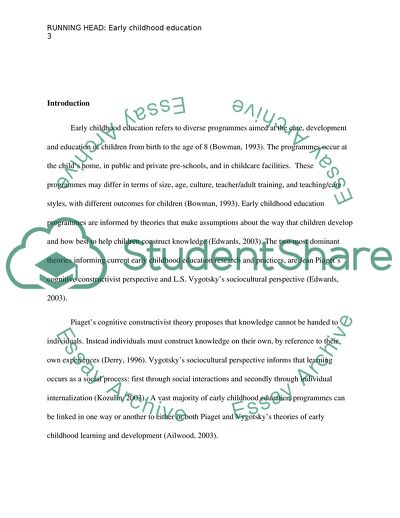Cite this document
(Early Childhood Education: A Comparative Study of Finland and the UK Research Paper Example | Topics and Well Written Essays - 2750 words, n.d.)
Early Childhood Education: A Comparative Study of Finland and the UK Research Paper Example | Topics and Well Written Essays - 2750 words. https://studentshare.org/education/1860157-early-years-focus-and-development-in-education-in-finland
Early Childhood Education: A Comparative Study of Finland and the UK Research Paper Example | Topics and Well Written Essays - 2750 words. https://studentshare.org/education/1860157-early-years-focus-and-development-in-education-in-finland
(Early Childhood Education: A Comparative Study of Finland and the UK Research Paper Example | Topics and Well Written Essays - 2750 Words)
Early Childhood Education: A Comparative Study of Finland and the UK Research Paper Example | Topics and Well Written Essays - 2750 Words. https://studentshare.org/education/1860157-early-years-focus-and-development-in-education-in-finland.
Early Childhood Education: A Comparative Study of Finland and the UK Research Paper Example | Topics and Well Written Essays - 2750 Words. https://studentshare.org/education/1860157-early-years-focus-and-development-in-education-in-finland.
“Early Childhood Education: A Comparative Study of Finland and the UK Research Paper Example | Topics and Well Written Essays - 2750 Words”. https://studentshare.org/education/1860157-early-years-focus-and-development-in-education-in-finland.


